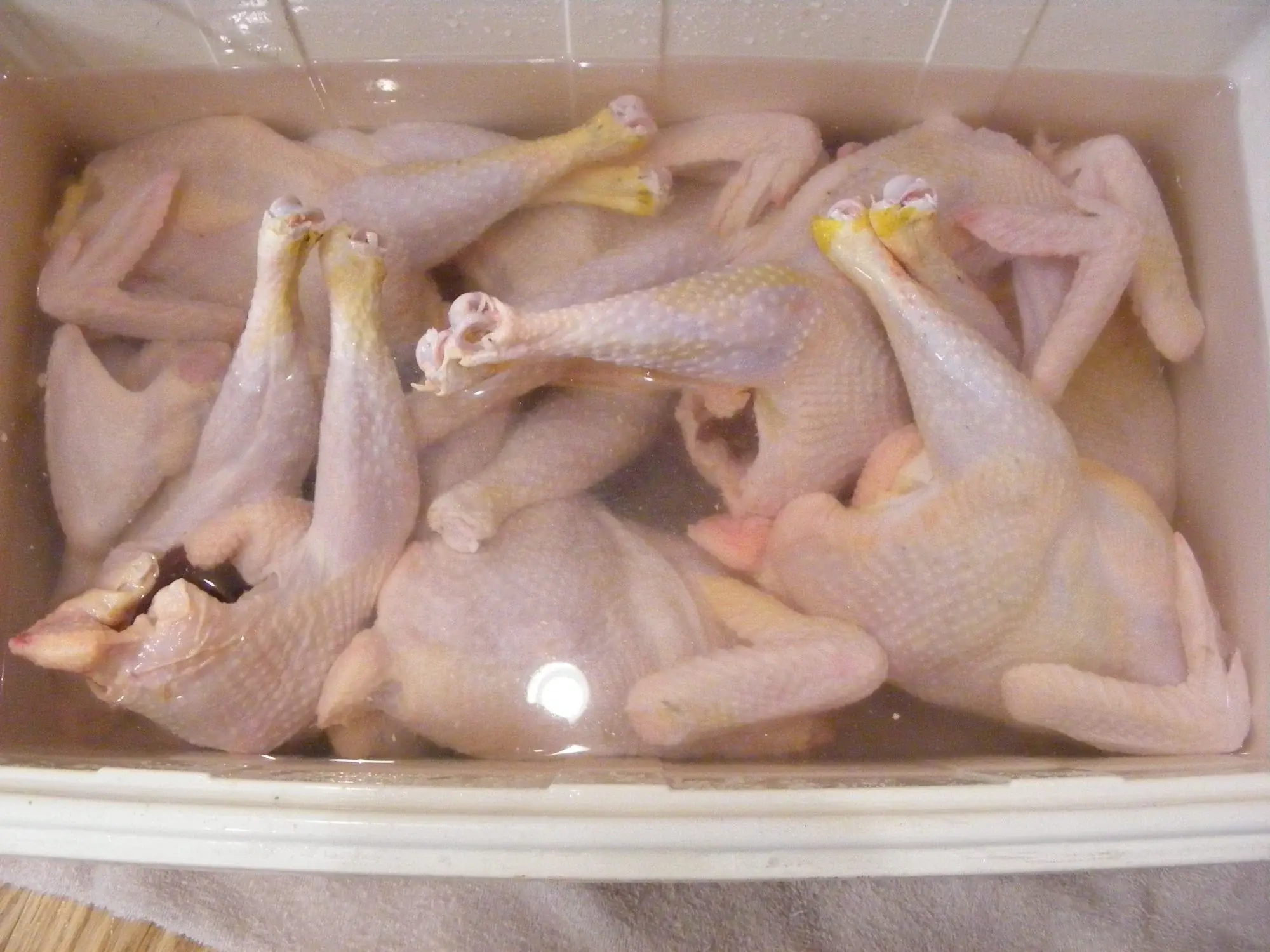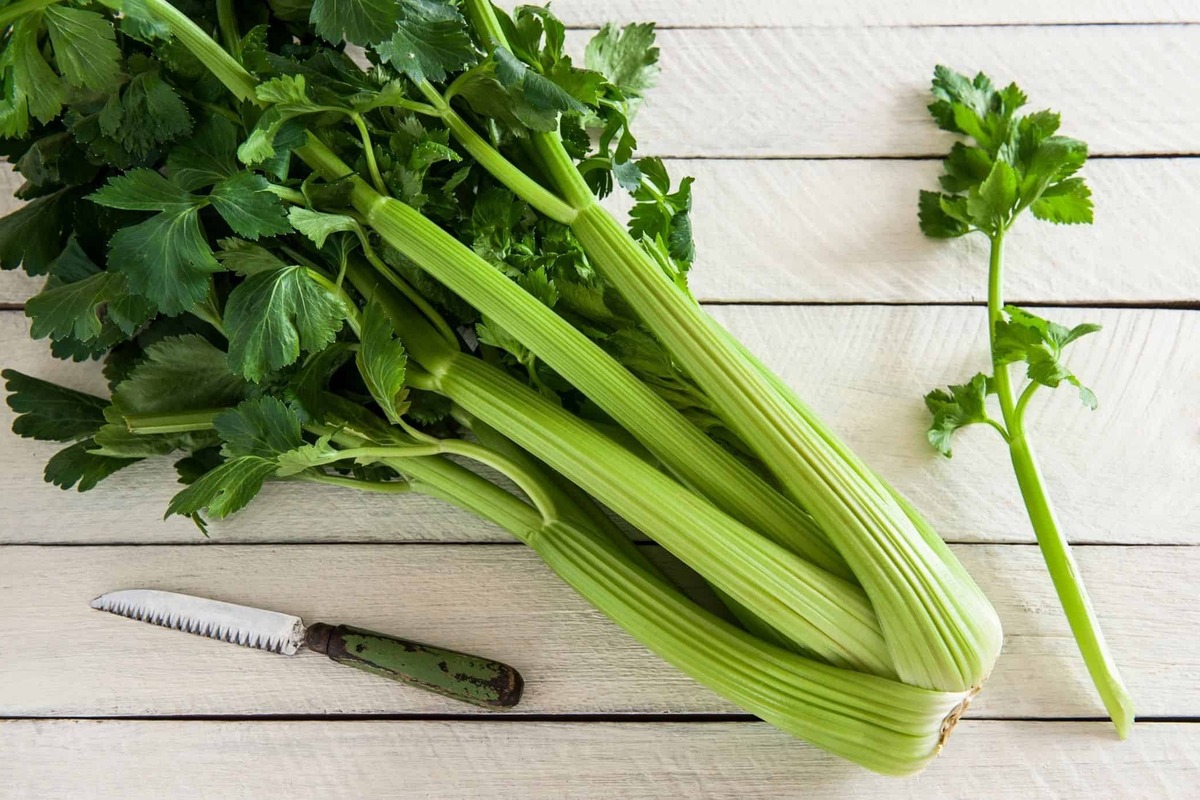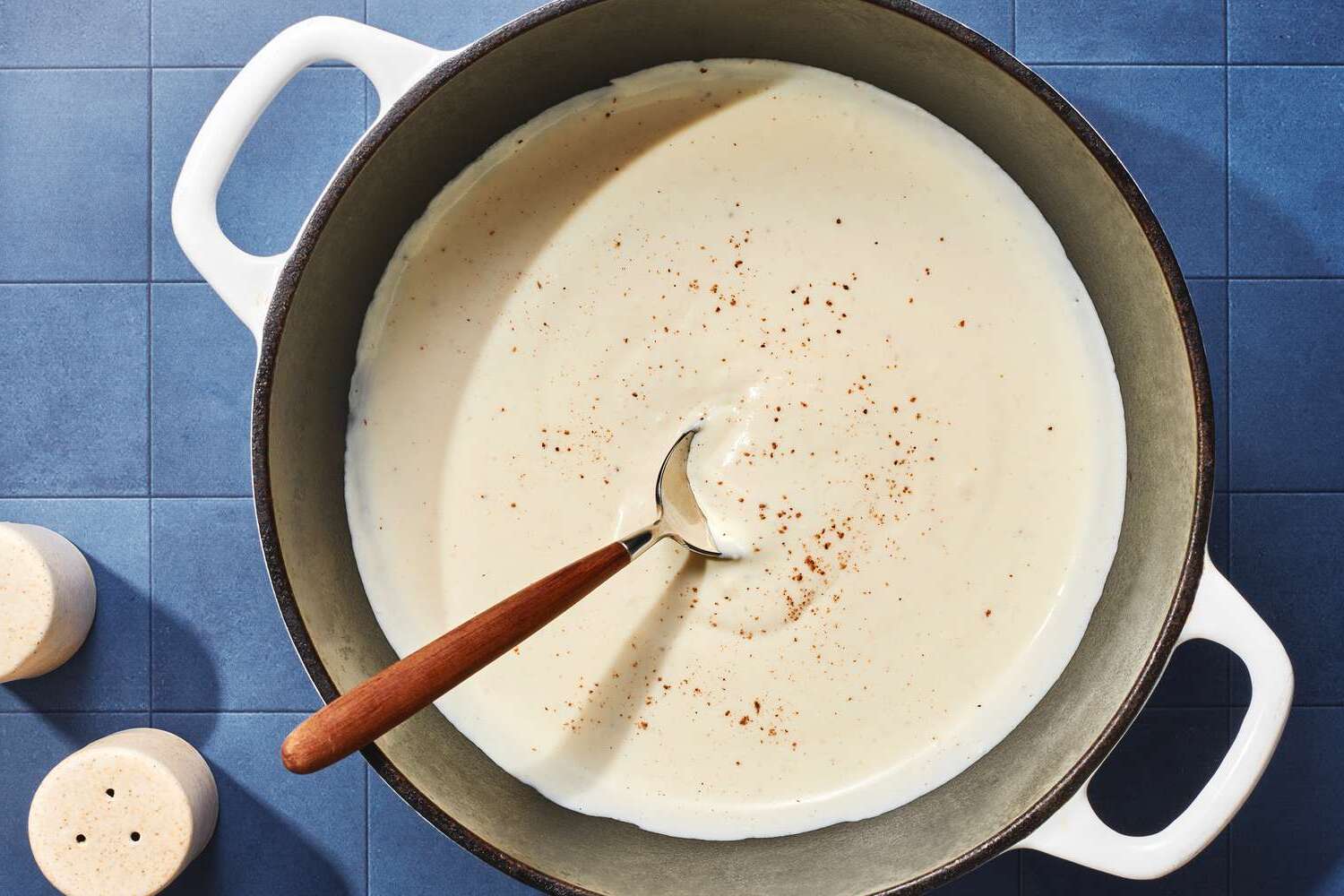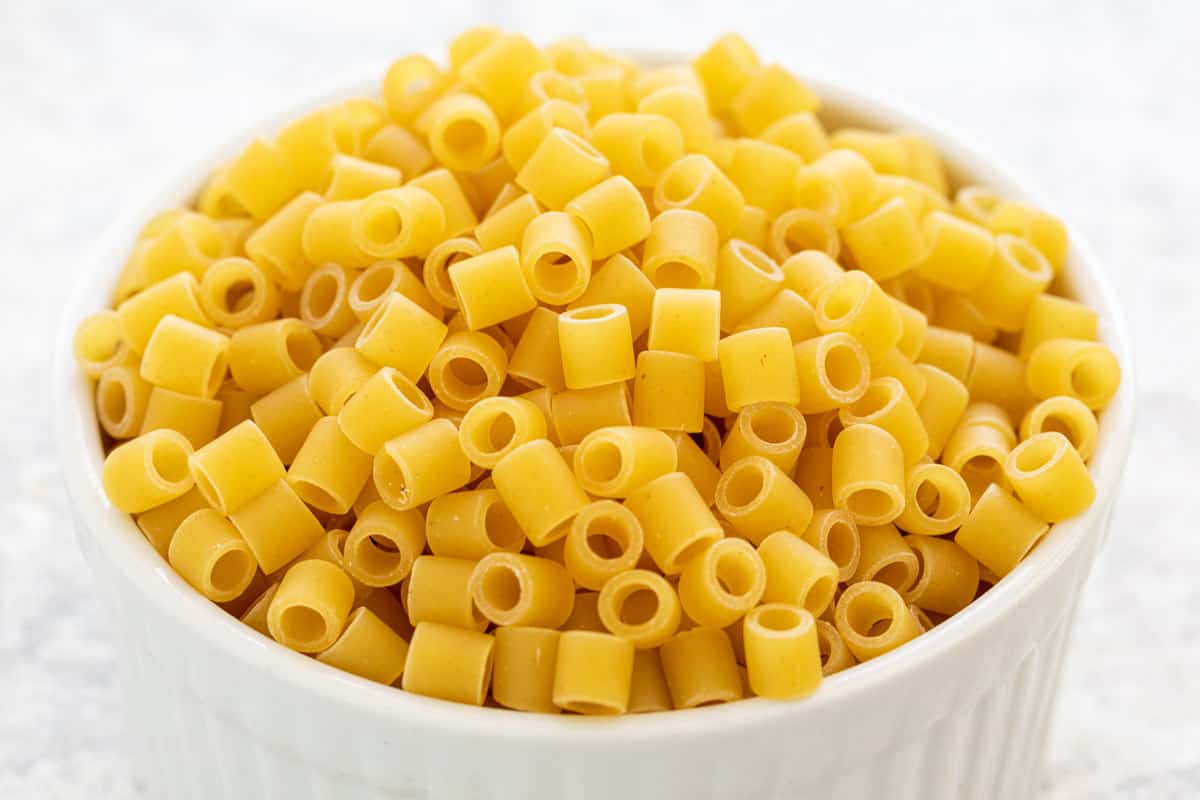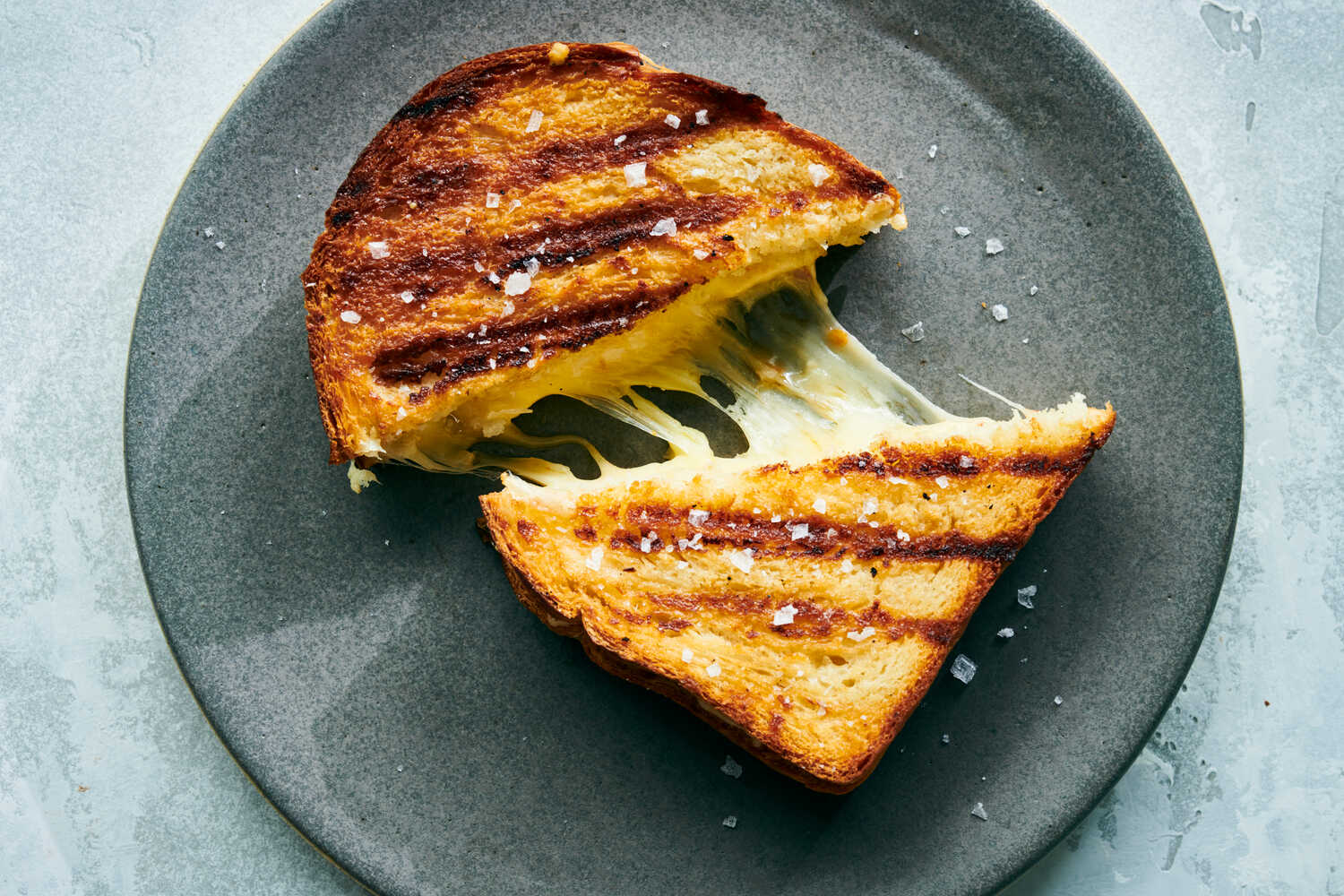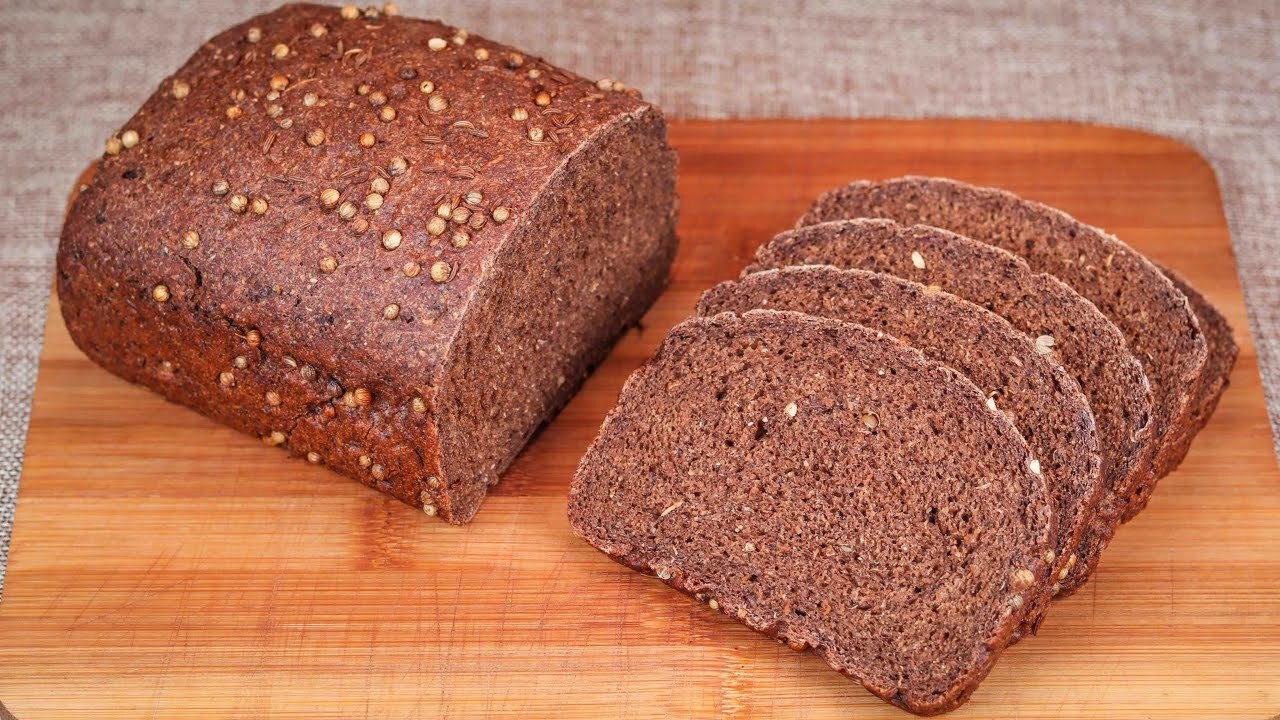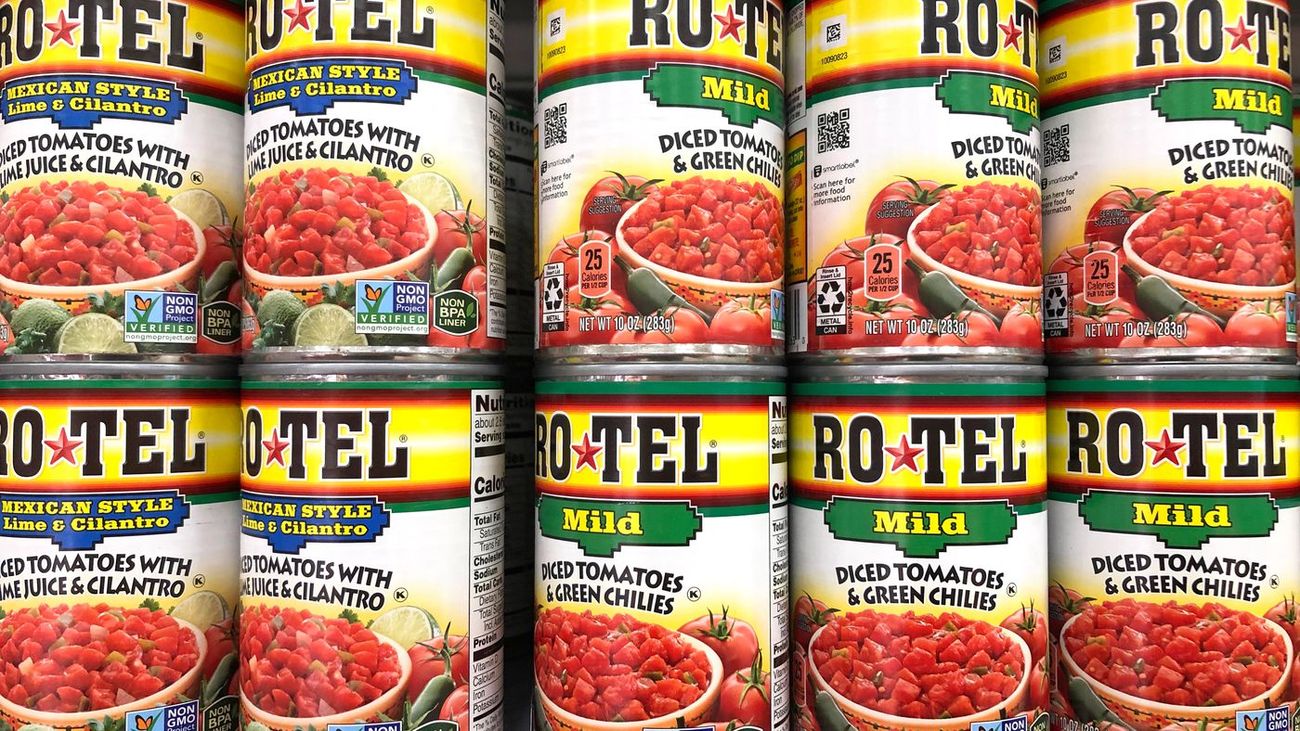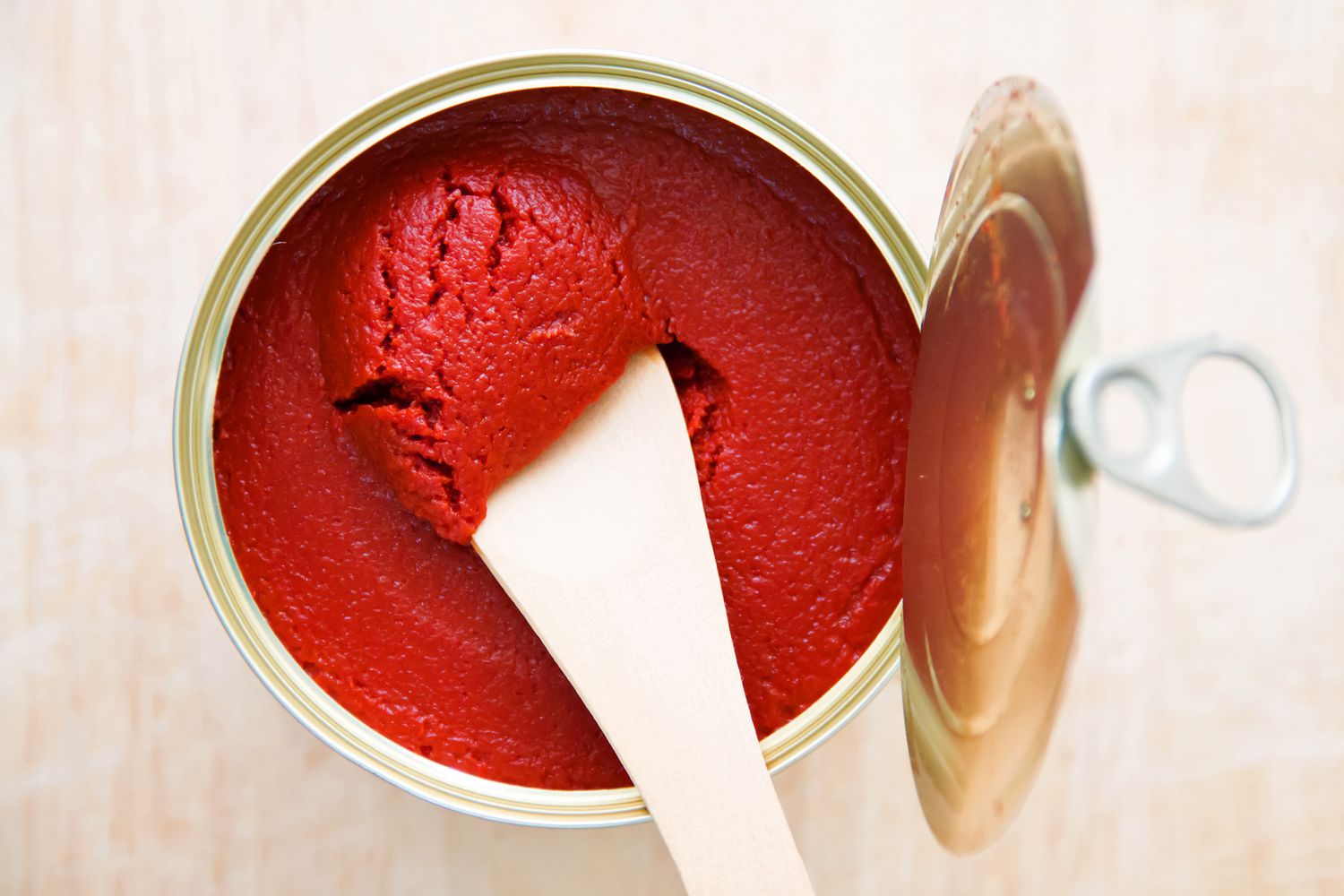The Difference Between Starch and Flour
When it comes to cooking and baking, starch and flour are two common ingredients that are often used interchangeably. However, they are not the same thing and can have different effects on your recipes. Let’s take a closer look at the difference between starch and flour.
What is Starch?
Starch is a complex carbohydrate that is found in many plants. It is made up of long chains of glucose molecules and is used by the plant as a way to store energy. In cooking, starch is often used as a thickening agent for sauces, soups, and gravies. It can also be used to give baked goods a lighter texture.
What is Flour?
Flour, on the other hand, is a powder made by grinding raw grains, roots, beans, nuts, or seeds. The most common type of flour is wheat flour, which is used to make bread, pasta, and pastries. However, there are many other types of flour, including rice flour, almond flour, and coconut flour, each with its own unique properties and uses.
The Main Differences
While both starch and flour are used as thickeners, there are some key differences between the two:
- Source: Starch is typically derived from corn, potatoes, or tapioca, while flour is made from grains, nuts, or seeds.
- Texture: Starch is often used to create a smooth, glossy texture in sauces and fillings, while flour can add a more substantial, hearty texture to baked goods.
- Gluten: Most flours contain gluten, which gives baked goods their structure and elasticity, while starch is gluten-free.
How to Use Them
When it comes to cooking and baking, it’s important to use the right ingredient for the job. Here are some tips for using starch and flour in your recipes:
- Thickening: If you need to thicken a sauce, soup, or gravy, consider using starch for a smoother texture or flour for a heartier consistency.
- Baking: When baking, choose the right type of flour for your recipe, whether it’s all-purpose flour for a light, fluffy cake or whole wheat flour for a denser, nuttier flavor.
- Gluten-Free: If you or someone you’re cooking for has a gluten intolerance, opt for starch-based thickeners and gluten-free flours to avoid any digestive issues.
In Conclusion
While starch and flour are both important ingredients in cooking and baking, they have distinct differences in their sources, textures, and uses. Understanding these differences can help you make the best choices for your recipes and create delicious dishes every time.
Next time you’re in the kitchen, consider the role of starch and flour in your cooking, and experiment with different types to see how they can enhance your favorite recipes.
